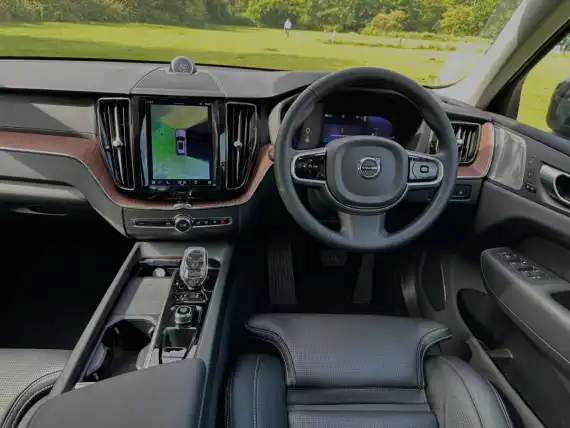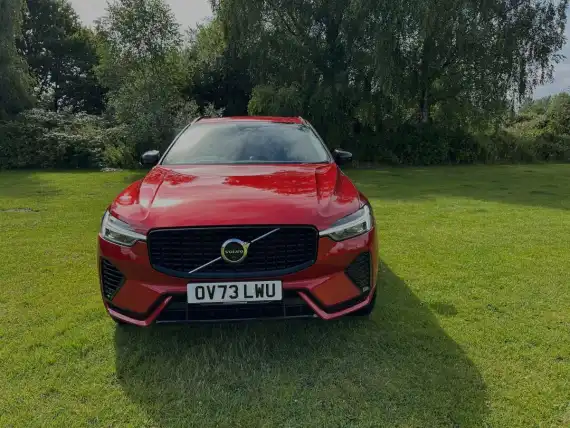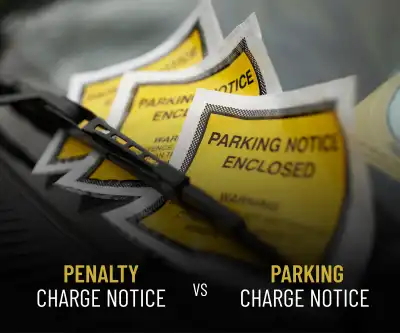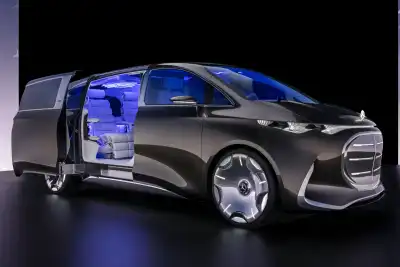
Long gone are the days when we simply chose a car we liked, selected petrol or diesel and what trim level and colour we wanted. These days, it’s so much more complicated and the main reason for this is the advancement in powertrains.
It’s no longer just the traditional internal combustion engine (ICE) powered cars that we have to consider, but also mild hybrid, plug-in hybrid and also fully electrified versions too.
For some drivers, the move from petrol to an EV may be too much of a leap, so in a way these alternative powertrains offer a steeping stone process and that’s what we are exploring with the Volvo XC60.
We selected two models – one a petrol unit and the other a plug-in hybrid version – to see how different they behaved when put through their paces and how easy they would be to live with for the everyday motorist. They were both the same trim level to make the comparison completely fair and they were even the same colour to avoid any favouritism on that count too.
We were testing the high-end Ultimate trim level, which has recently been re-named Ultra.
But before we get down to the nitty gritty, just a few fast facts about the Volvo XC60.
Sales between petrol (B5) and PHEV (T6 and T8) versions are split almost exactly 50/50
Of the PHEVs, the T6 is more popular than the T8 (selling about 50 per cent more)
The mid-level trim is the most popular, accounting for just over 50 per cent of all XC60s sold
The single most popular XC60 variant is the B5 Plus, followed by the T6 Plug-in Hybrid Plus
The XC60 is the second-highest-selling Volvo in the UK, after the XC40/EX40

Design and technology
You can’t deny the strong road presence of Volvo’s XC60 with its bold, upright SUV design. It looks classy from any approach thanks to its distinctive Thor-hammer front lights, black grille with diagonal chrome bar housing the Volvo emblem, upright tail lights, tinted rear windows, body-coloured door handles, panoramic sunroof, roof rails and a rear spoiler.
The only difference between our two test cars was the additional charging port on the PHEV model along with its slightly larger alloy wheels. Apart from that, they were like peas in a pod!
And the same goes for the interior too really. Both ooze elegant, sophisticated and upmarket styling with powered seats that can be ventilated or cooled and have been crafted from soft Nappa leather.
The main nerve centre is a nine-inch centre console touchscreen with voice activated control. Simply say “Hey Google” and then give your request. This can be as simple as asking the forecast in a city you are visiting later or accessing contacts on your phone without taking your hands off the wheel.
All the vital data is clearly viewed on a 12.3-inch driver display screen that can be personalised to taste.
Creature comforts are plentiful with a great navigation system and a pitch perfect Harman Kardon sound system with the option to modify the bass and treble settings as well as turning off the speakers in the back of the car if little ones are trying to sleep. Back seat passengers also have heated seats for added comfort.
Connecting a smartphone takes just seconds, but I did find it more complicated finding the drive modes on the cars as you have to go via the settings and then find the modes.
Driver visibility is excellent and both these XC60 models go about their business in a calm and confident manner without adding any unnecessary drama to the mix.

Powertrains and Performance
Powering the Volvo XC60 B5 mild hybrid is a four cylinder, 2.0-litre petrol engine with 48-volt battery. With 250PS and 350Nm of torque, this car can complete the 0-62mph dash in a very respectable 6.9 seconds and tops out at 112mph.
The acceleration is sharp, the road holding is confident and the balance through tight corners also impresses with next-to-no sign of body movement.
Drive modes called Comfort, Off-Road and Polestar alter the dynamics with the sporty Polestar setting really adding an edge performance and noise-wise.
The acceleration through the automatic transmission is smooth, but there are no paddles for manual shifting, although the gear lever can be used for that purpose if that’s your preference.
Onto the near identical XC60 Plug-in Hybrid T8 with its 18kWh battery (14.7kWh usable). This has extra power at 310PS and torque is up too at 400Nm. In addition, the electric motors add 145PS and 309Nm of torque to the mix. With this extra oomph, this model sprints to 62mph from a standing start in just 4.9 seconds and has the same maximum speed of 112mph.
It feels sharper out the starting blocks than the mild hybrid with an edgier performance and that added pace is welcome when joining busy motorways from a slow-moving slip road. Once again, this XC60 is very engaging to drive on twisting country lanes and it seemed to have the upper hand in the fun factor too.
There are more drive modes to choose from with Hybrid, Polestar, Pure, Off-Road and Constant AWD to select from, and the battery status can also be controlled via settings called Auto, Hold and Charge. An additional B mode on the gear shifter will help increase the regenerative braking level to capture energy as the car slows down and this is then used to boost the battery level.
To be honest, both cars are great to drive, especially in Polestar setting where the gear changes and acceleration is optimised for a sportier performance.

Practicality
The Volvo XC60 is a full-sized, five-door, five-seat SUV that covers all the practicality bases exceptionally well. There is ample room for four adults to sit comfortably inside the car or two grown-ups in the front and three youngsters in the back.
The vehicle stretches 4,708mm in length, is 2,117mm across and 1,656mm tall (1,660mm for the B5 petrol version). Both have a wheelbase of 2,865mm.
Each model boasts powered seats with memory settings to store favourite driving positions and each offers the same level of all-round comfort.
The boot on the petrol model is slightly bigger due to a larger compartment beneath the boot floor compared to the PHEV version. This means the B5 car has space for a full-size spare wheel as opposed to just a repair kit on the plug-in hybrid car.
But the actual boot space above the floor is identical at 613 litres, increasing to 1,410 litres with the 60:40 split-folding rear seats dropped flat. Both models feature AWD, but the mild hybrid boasts superior towing capacity at a braked 2.4 tonnes compared to 2.25 tonnes on the PHEV.
And they each have numerous interior compartments to store bits and pieces with a deep glovebox, practical cubby bin, front and rear cup holders, wide door pockets, seat back nets and some trays.
Cost and efficiency
The XC60 range starts from £47,560, but the cars we drove were both supplied in high-end Ultimate trim level. The mild hybrid XC60 B5 cost £61,565, although a temporary spare wheel and jack, along with metallic paint saw the final cost creep up to £63,105. By comparison, the XC60 PHEV T8 was priced at £68,385. The addition of 21-inch diamond cut black alloy wheels and also metallic paint resulted in a final price-tag of £70,525.
Day-to-day running costs will very much depend on how often owners recharge the PHEV model. If it is done on a regular basis and full use is made of the 41-48 miles of electric-only driving range, then the official WLTP-tested figure of 217 to 282 miles would be almost achievable. Although, it’s unlikely most owners will rely solely on EV miles.
The mild hybrid B5 version has a combined 31.7 to 35.3mpg and during our week behind the wheel we were seeing slightly in excess of that figure, which is always a bonus.
But the statistic that will have business drivers taking note is the carbon emissions. While the B5 is set at 181-202g/km, the PHEV is just 24-30g/km and that brings with it very attractive savings thanks to a Benefit in Kind rating of 8 per cent. This is based on the EV range along with the carbon emissions figure.
Conclusion
While both cars lived up to the high expectations, the PHEV version was definitely the most fun to drive with sharper acceleration. But it is the more expensive of the two and you do lose that extra storage space beneath the boot floor.
It will however by the ideal choice for the business driver who will reap excellent financial rewards via Benefit in Kind thanks to its lower carbon emissions figure. Just how many fleet drivers will regularly charge the battery will remain to be seen though!
To be honest, each model has its own individual appeal but for anyone wanting to get anywhere near the official 200-plus mpg figure the PHEV can achieve, plugging in regularly is the only way that is possible. And that could be good practice for that final push towards an EV.
As for an electrified XC60, Volvo will not comment on future models, but we do have an EX30, EX40 and EX90 either on sale already or coming very soon, so don’t rule and EX60 out.




